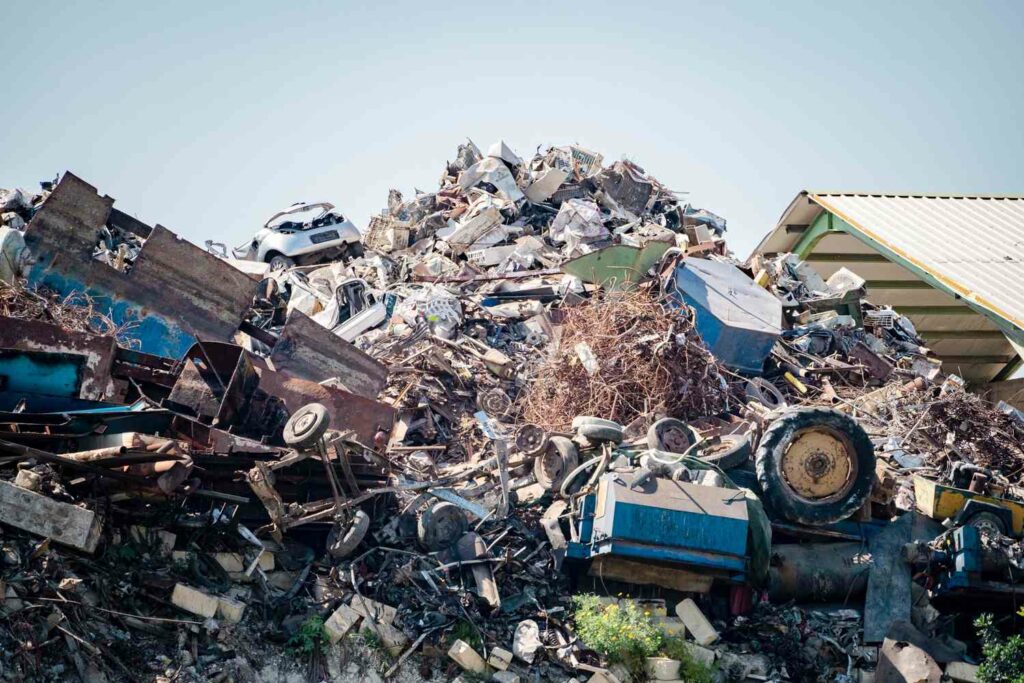A circular economy can play an important role in reducing energy consumption in the European Union by keeping materials and products in the economy for longer, a new report by the Materials & Products Taskforce of the European Corporate Leaders Group (CLG Europe) shows.
With over a year since Russia’s invasion of Ukraine, the EU is still faced with energy instability and a cost-of-living crisis, which have prompted a rapid roll-out of measures – from diversifying energy sources to a move towards renewables in the medium and long term.
"Politicians have naturally been keen to alleviate the worst effects of rising food and energy prices for people. This has led to tensions around whether long-term ambitions to shift towards a green economy should be postponed in favour of tackling shorter-term challenges," the authors of the report stated. "But such a black-and-white dichotomy is false."
A key long-term solution for the EU's energy and climate challenges is a circular economy, they stressed.
Meeting climate targets
“The war in Ukraine has led to increased energy costs at a time when we also need to reduce our energy use," said Tahmid Chowdhury, Materials and Products Taskforce lead at CISL Brussels in a press release, adding that the report demonstrates that circular solutions can have a triple benefit.
"Reducing carbon emissions, reducing energy consumption and reducing material use – a win both for the economy and the environment," he said. "This will be a key requirement in future European Industrial Policy and will enable us to have a thriving industry, to meet our climate targets while also respecting our limited planetary resources."
While current energy policies look to reduce greenhouse gas emissions by at least 55%, research shows that circular approaches have the potential to address the remaining 45% of emissions stemming from material production. On top of a shift towards renewable energy and phasing out fossil fuels, the EU also plans to cut its use of energy by at least 13% (up from 9% in 2022).
The circular economy will be a key driver for the bloc’s climate ambitions by reducing both greenhouse gas emissions and energy consumption. A key factor will be keeping materials and products in the economy for longer, encouraging reuse and repair, and imposing mandatory recycling measures.

Credit: Ugo Realfonzo / The Brussels Times
Drawing on examples from leading progressive businesses in Europe, the report demonstrates how many are already benefitting from this shift to a circular economy – as well as the challenges they are facing.
A global manufacturer of construction materials, Saint-Gobain, for example, launched a ‘Glass Forever roadmap’ in 2017, aiming to increase the proportion of recycled glass in its glass production to 50% by 2025. Not only did this result in reduced emissions, but the process also used significantly less energy than melting virgin materials.
"Fostering circularity and decarbonisation in the built environment are two top priorities for us. Introducing greater circularity into our production makes a significant impact," said Céline Carré, Head of Public Affairs at Saint-Gobain.
"Every ton of cullet (recycled glass) introduced into glass production saves 1.2 tonnes of virgin material, whilst the melting process of cullet uses 30% less energy than melting virgin materials," she added. "These are significant benefits which demonstrate why a circular economy can reduce material needs whilst also lowering energy consumption."
Related News
- New EU greenwashing rules watered down by industry influence
- Right to repair: EU wants to make it easier to fix household appliances
- Government invests €12 million in circular economy projects
Another example is insulation provider ROCKWOOL, which created a closed-loop recycling system to allow stone wool insulation materials – typically considered waste and discarded in landfills – to be recycled and used as secondary raw material for new products.
The report also provides six recommendations for policymakers on how to build greater circularity through existing policies. Notably, creating a clear vision for a new European green industrial strategy, constructing clearer supporting links between energy efficiency and circular economy policies, and supporting the development and widespread adoption of recycling technological solutions.
Additionally, the recirculation of materials through fiscal policies should be enabled and applied across all stages of the product’s life cycle in alignment with existing EPR fees, added by an increased use of demand-side policies for circular product services, and improving policy coherence.

